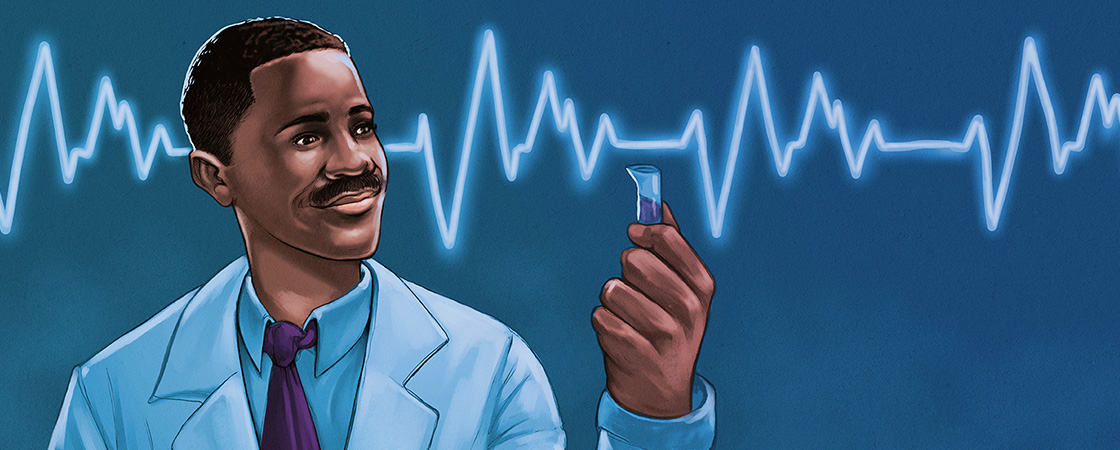These questions are designed to help students respond to the text at a level that’s right for them.
Yes/No Questions
Ask students to demonstrate comprehension with a very simple answer.
- Did Vivien Thomas have a medical degree? No, he didn’t.
- Would most medical schools admit Thomas in 1944? No, they wouldn’t.
- Did Alfred Blalock treat Thomas as his equal and partner? Yes, he did.
- Were Blalock and Thomas able to save Eileen Saxon’s life? Yes, they were.
- Did Thomas become rich and famous? No, he didn’t.
Either/Or Questions
Encourage students to use language from the question in their answer.
- Did Vivien Thomas work as a carpenter or a janitor before joining Alfred Blalock? Vivien Thomas worked as a carpenter before joining Alfred Blalock.
- In the early 1940s, were there just a few blue babies or thousands of blue babies? There were thousands of blue babies.
- Was moving to Maryland easy or challenging for Thomas? Moving to Maryland was challenging for Thomas.
- After the surgery, did Eileen Saxon’s skin turn from blue to pink slowly or quickly? Eileen’s skin turned pink quickly.
- Was the surgery on Eileen a failure or a success? The surgery on Eileen was a success.
Short-Answer Questions
Challenge students to produce simple answers on their own.
Language-Acquisition Springboard: Preview figurative language.
Before reading the article, tell students that figurative language is a way of using words and expressions in acreative, nonliteral way. Nonliteral means not using a word’s usual meaning—the way it would be defined in adictionary. Have students consider the following sentences. (The bolded phrases appear in “Heart Saver.”)
- Winning the Superbowl is the Mount Everest of football.
Ask: What is Mount Everest? Mount Everest is the highest mountain in the world.
Project: an image or video of Mount Everest or people summiting Mount Everest
Ask: If a task or achievement is described as the “Mount Everest” of something, do you think it is easy or difficult?
Explain: This phrase compares something to Mount Everest, one of the tallest and most challenging mountains in the world to climb. If you say a task is the “Mount Everest” of some category, you mean it is the most challenging task within that category.
- The concert gates opened and fans flooded into the stadium.
Ask: What is a flood? A flood is a large flow of water that spreads over land that is normally dry.
Project: an image or video of a flood
Ask: If people are flooding into an area, do you think there is a small number of people or a large number of people? Are they moving quickly or slowly?
Explain: This phrase suggests a large number of people or things moving quickly and filling a space.
- Steve Jobs blazed a trail in the world of technology with the invention of the iPhone.
Ask: What is a trail? A trail is a marked path or route.
Explain: Blazing a trail means putting marks on trees to show where the trail is.
Project: an image of a tree with a blaze (trail marker) on it
Ask: If someone “blazes a trail,” do you think they are the first person to do that thing or have many people done that thing before them?
Explain: This phrase means to be the first one to do something and to show others how to do it.
As you read, be sure to pause and discuss Tarshis’s use of the expressions:
p. 8: “At the time, heart surgery was considered the ‘Mount Everest’ of medicine—few doctors had even attempted it.”
p. 8 (in the caption “Making Medical History”): “Following the first successful surgery to repair a blue baby’s heart, other blue babies and their families began flooding into Johns Hopkins from across the country.”
p. 10: “Thomas never became rich or famous, but he blazed a trail for Black Americans in medicine, including his nephew, who entered Johns Hopkins medical school in 1983.”



